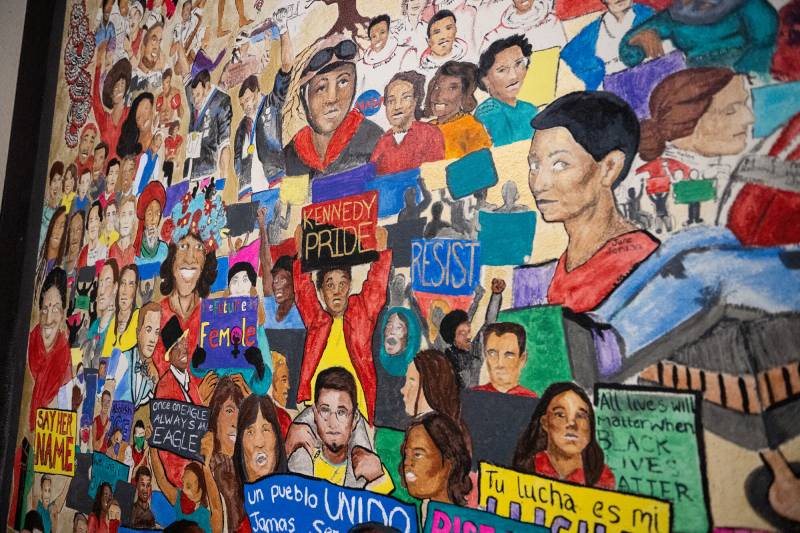The combination of these two factors created unique experiences. For example, when I walked into a room, I wasn’t just seen as a Black person or as a male; I was seen through both lenses, which could lead to a complex set of assumptions about my personality, intelligence and behavior.
Over time, I realized that the way people treated me wasn’t just about my race or my gender, but about how the two identities worked together. In certain situations, I had to be mindful of how I expressed myself, learning that confidence could be mistaken for aggression, or simply existing in a space could make others uncomfortable. Recognizing these overlapping identities helped me understand the importance of intersectionality.
To consider race, gender or other identity markers separately — or in isolation — overlooks what they reveal when examined in relation to one another. By acknowledging these intersections, we can have more meaningful conversations about identity, bias and how to create spaces where people are understood for their full selves, not just a single part of who they are.
When we recognize the fullness of our identities, we begin to see the strength in our complexity — not as something to hide or downplay, but as something to embrace. By embracing our full selves and listening to the stories of others, we move closer to a society that values people as whole beings.
Intersectionality is more than just a concept; it’s a critical lens through which we can understand and address inequality. By recognizing that people’s identities are multifaceted and shaped by multiple forces, we can create better solutions that consider all aspects of someone’s experience.
If we are serious about creating a fairer and more just society, we must look beyond simple labels and embrace the complexity of human identity. Understanding intersectionality will help us break down the barriers that oppress groups and move toward a world where every experience is valued.
The next time you engage in a conversation about justice or equality, ask yourself: What dimensions of identity are we overlooking? By considering those intersections, we can begin to build a truly inclusive society.
Guleed Allen is a high school junior who enjoys hiking and playing basketball for fun. He attends a public charter school in the Bay Area.


